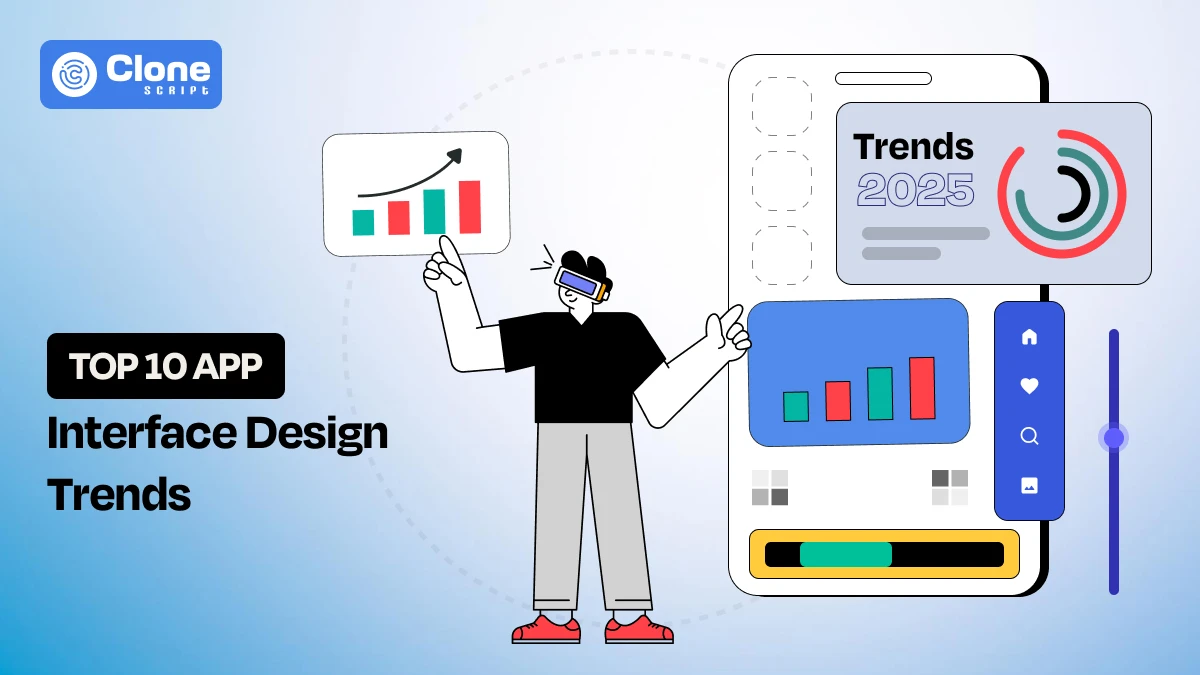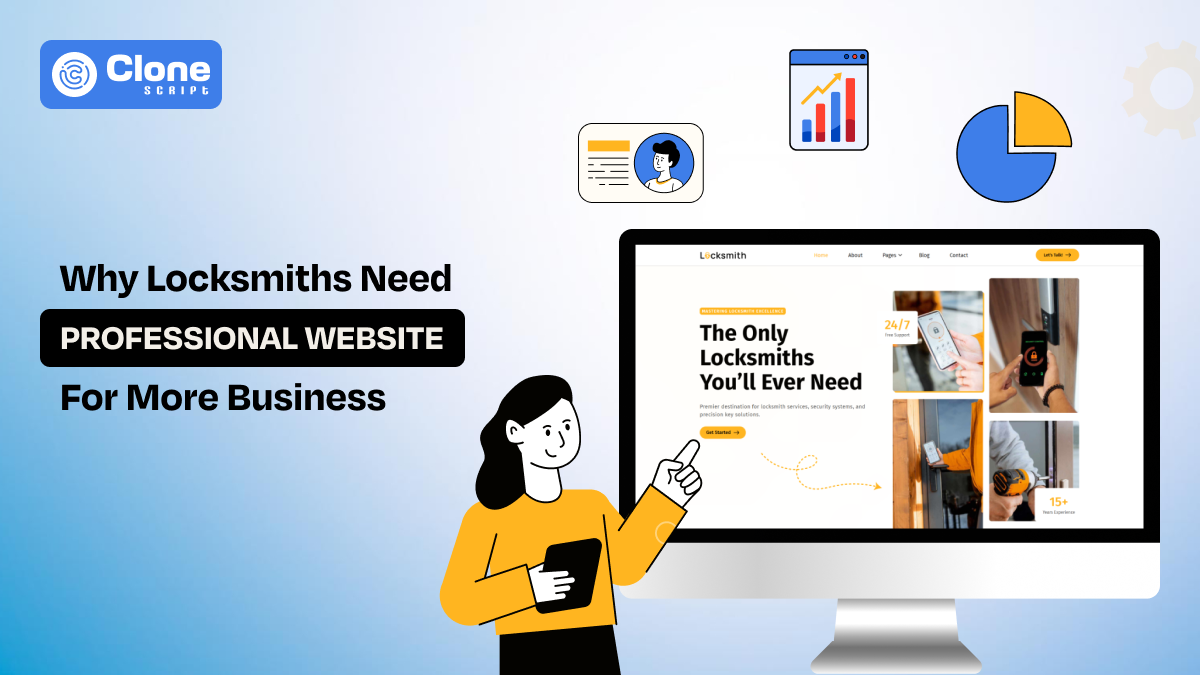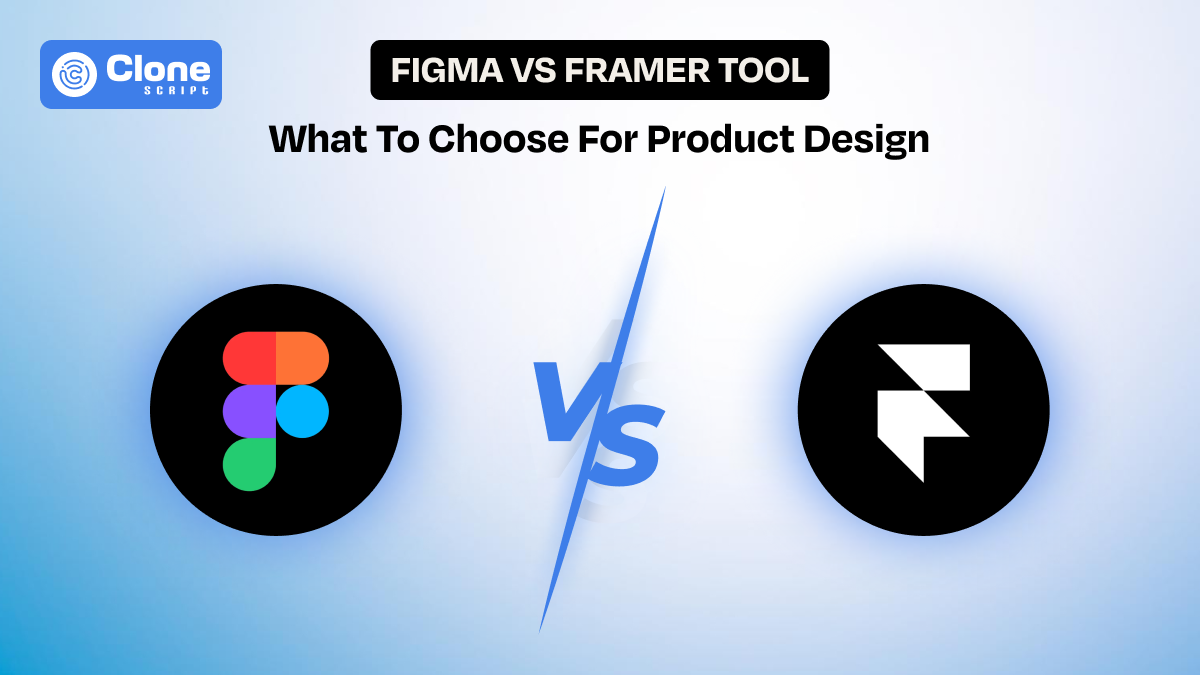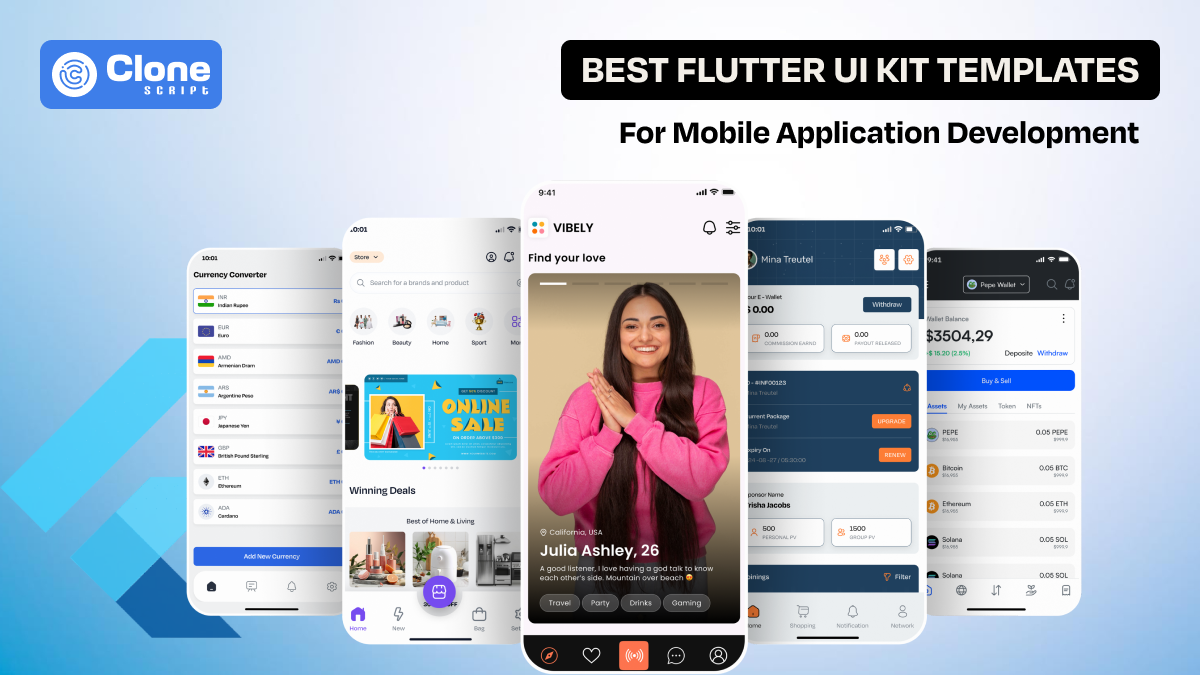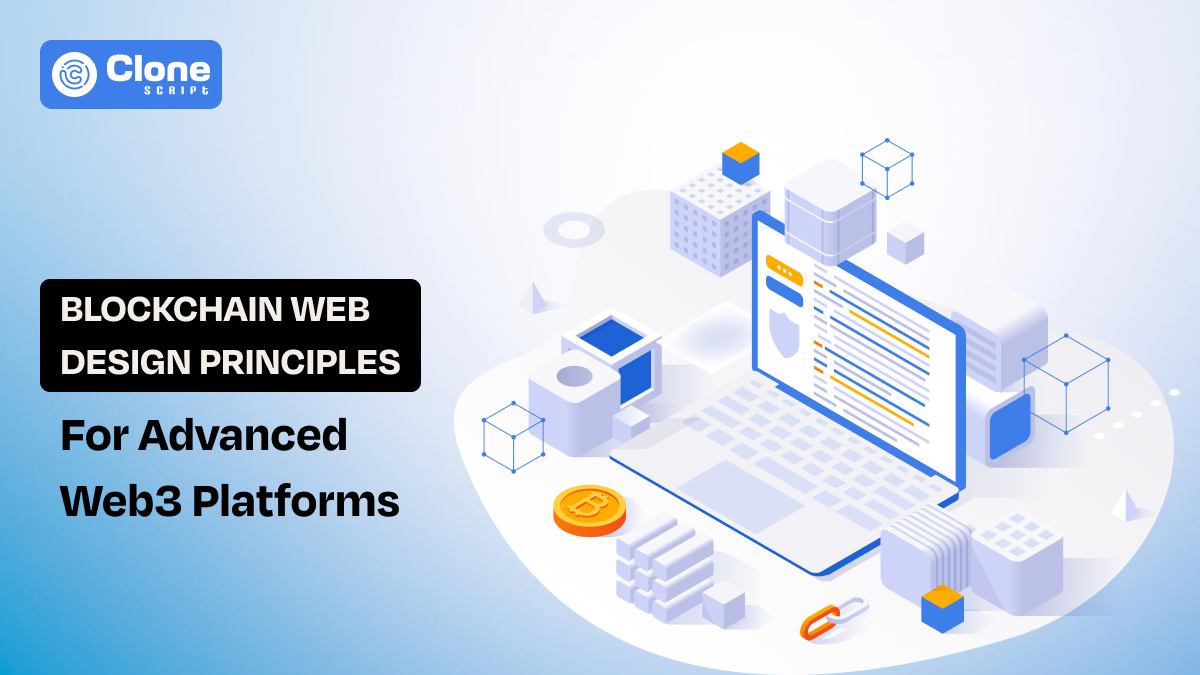Top 10 App Interface Design Trends That Will Dominate in 2025
In the digital world, first impressions aren't made in person, they're made on screens. Whether you're building a sleek e-commerce platform, a productivity app, or a game-changing fintech product, your interface is your brand's handshake. As we step into 2025, app interface design is undergoing a powerful transformation, shaped by technological leaps and user expectations for smarter, cleaner, and more human experiences.
The days of designing apps that “just work” are over. Now, users demand interfaces that are intelligent, emotionally aware, energy-efficient, and inclusive. If you want your app to stand out, not just survive, in this hyper-competitive ecosystem. Only one way: keeping up with UI/UX trends isn’t optional. It’s essential.
Here’s a deep dive into the top 10 app interface design trends that will define 2025 with practical insights and real-world application ideas.
Trend No. 1. Inclusive and Accessible UI Design
Accessibility is now becoming important in design from day one. In 2025, apps are being built to ensure that everyone, regardless of ability. The application has to be optimized for quick and maximum use without too much unnecessary information.
Stay ahead of the curve! What It Means:
From screen reader compatibility to keyboard navigation and font adjustments, accessibility is built into the foundation, not added later. Whenever you build an iOS NFT marketplace app or an Android gaming app, the success rate depends on how easily it is available to access.
Real-World Applications:
-
Video apps with automated closed captions
-
Color-blind-friendly palettes in gaming UIs
-
Text-to-speech and speech-to-text in productivity tools
Why It Matters:
Inclusive app design isn’t just ethically correct. It opens up larger markets and complies with global accessibility laws. After all, your mobile app is not designed to be targeted at a certain region (until your goal is to reach a particular location).
Trend No. 2. AI-powered User Personalization
Personalization in app design isn’t new, but in 2025, it’s hitting a new level. AI isn’t just recommending content, it’s shaping the entire interface in real-time.
What It Means:
Apps are beginning to adjust UI components dynamically based on user behavior, time of day, location, and preferences.
For example, Spotify is creating not just a music recommendation, but an entire “mood-based” UI layout, like colors, fonts, and menu placements. All of these are optimized per user interaction, and it’s the magic of app UI design.
Real-World Applications:
-
E-commerce apps are adjusting homepage layouts based on recent browsing.
-
Learning apps are adapting their UI depending on user progress and engagement.
-
Fitness apps are changing interface tone based on performance and fatigue level.
Why It Matters:
AI-driven personalization boosts retention and engagement by removing frustration and offering exactly what users want, when they want it. This happens without asking them too much.
Trend No. 3. Voice-Activated UI (VUI) Integration
Voice technology is no longer limited to smart assistants like Alexa and Google. In 2025, voice becomes a mainstream interaction method in app UIs, especially in environments where touchscreens are inconvenient or inaccessible.
What It Means:
Apps now offer full voice navigation and command capabilities. With audio responses and visual cues, create a hybrid experience.
Real-World Applications:
-
Banking apps enabling transactions and navigation via voice
-
Health apps tracking symptoms or setting reminders verbally
-
Navigation apps offering fully voice-controlled operation
Why It Matters:
Voice-based user interfaces improve accessibility, multitasking, and user convenience, particularly for visually impaired users or hands-free scenarios.
Trend No. 4. Motion Design and Microinteractions
Animations aren't just decorative. They create fluid, engaging, and intuitive experiences. In 2025, motion design is becoming central to UI storytelling.
What It Means:
Well-timed transitions, button animations, and microfeedback (like vibrations or ripples) make interfaces feel alive and help users understand what's happening.
Real-World Applications:
-
Animated loaders reflecting task progress in a fitness app.
-
Button pulses when clicked to confirm action in e-commerce app.
-
Swipe gestures that trigger smooth page transitions in product pages.
Why It Matters:
Microinteractions guide users intuitively, reduce cognitive load, and increase the emotional engagement with your app.
Trend No. 5. Neumorphism with Depth and Shadows
Neumorphism made waves in 2020, but was criticized for poor accessibility. Now, in 2025, it's back smarter, more usable, and fused with modern material design.
What It Means:
App interface designs use soft shadows, gradients, and 3D elements to create depth without clutter, offering a tactile, clean look that feels futuristic.
Real-World Applications:
-
Calculator or task apps with soft-touch buttons are used in banking and fintech mobile apps.
-
Health apps use depth for charts and metrics based on the user’s activities.
-
Music apps with dynamic knobs or sliders on recent play.
Why It Matters:
This app design trend is helpful to enhance user engagement and gives flat UIs a sophisticated, almost physical interaction quality. But it must be used with accessibility in mind.
Trend No. 6. Sustainable and Energy-Efficient UI
Sustainability isn’t just for manufacturing. Digital carbon footprints are real, and users are starting to care. In 2025, mobile apps will be designed to use less energy.
What It Means:
UI designs now prioritize battery-saving colors, reduced motion, and lightweight assets, especially on OLED screens. This creates a unique brand image in users’ minds.
Real-World Applications:
-
Dark mode by default saves eyes from strain
-
Reduced motion settings to preserve power
-
Compressed image delivery for remote users
Why It Matters:
Energy-efficient design reduces strain on devices, lowers carbon emissions, and appeals to eco-conscious users.
Trend No. 7. Context-Aware and Emotionally Intelligent UI
Imagine an app interface that reacts to your mood, location, or time of day, without needing input. In 2025, context-aware UI is becoming a game-changer for e-commerce, banking, education, and the entertainment industry.
The Netflix app is the prime example of the emotionally intelligent UI implementation.
What It Means:
App design interfaces dynamically shift based on emotional tone, biometric data, or situational triggers. This will improve the entire app user experience and inspire customers to maintain engagement. It results in wealthy revenue and brand encouragement.
Real-World Applications:
-
Meditation apps adjust tones and visuals based on user stress levels
-
Food delivery apps changing menus by time or weather
-
Productivity apps switching modes based on calendar context
Why It Matters:
It leads to hyper-relevant, empathetic interactions that feel natural and personalized. This boosts satisfaction and long-term use. So, if you have a preference for in-app purchase integration and earning more product reviews, it becomes helpful.
Trend No. 8. Foldable and Multi-Screen Optimization
With devices like the Samsung Galaxy Z Fold and Microsoft Surface Duo, app designers must think beyond the standard rectangle. In 2025, multi-screen optimization is a necessity, not a luxury.
What It Means:
Apps must support dynamic layouts that adapt to folding, rotating, and extended screen real estate, offering split views and continuous workflows.
Real-World Applications:
-
Reading apps that turn into dual-page layouts when unfolded
-
Finance dashboards, splitting charts and tables across screens
-
Messaging apps maintain chat view and file browser side-by-side
Why It Matters:
Foldable optimization makes apps feel native on new hardware, improving usability and future-proofing your product.
Trend No. 9. Minimalist Interfaces with Maximal Function
Clean, functional, and user-focused UIs continue to dominate in 2025. Minimalism doesn’t mean fewer features; it means better organization and hierarchy.
What It Means:
The focus is on typography, spacing, simplified navigation, and reducing cognitive noise. Icons are clear, layouts are predictable, and every element has a purpose.
Real-World Applications:
-
SaaS dashboards with collapsible menus
-
Meditation apps with focused breathing UI
-
B2B tools showing only critical KPIs per session
Why It Matters:
Minimalist design enhances speed, focus, and accessibility, especially on mobile screens where space is limited.
Trend No. 10. Augmented Reality (AR) in User Interfaces
Augmented reality isn’t just for Pokémon Go anymore. In 2025, AR is reshaping how users interact with content in real time. This advanced technology is helpful for businesses to offer a real-time product overview to users.
What It Means:
UI elements are being designed to overlay real-world environments. It transforming the way people shop, learn, and communicate through mobile.
Real-World Applications:
-
A furniture mobile app that places virtual furniture in your home for interior design
-
Education apps bringing 3D biology models to life
-
Retail beauty e-commerce apps show how clothes or makeup look on you
Why It Matters:
AR-driven UIs provide interactive, engaging, and personalized experiences that bridge the digital and physical worlds.
Conclusion
The app interface design in 2025 is dynamic, intelligent, and deeply user-focused. As mobile usage continues to rise and user expectations soar, staying ahead of these trends is crucial for designers, developers, and businesses alike. From artificial intelligence UI to energy-saving themes, the future is about creating experiences that are not only visually appealing but also smart, ethical, inclusive, and adaptable.
Implementing these trends in app development will put you in front of the potential market. This results in a winning situation for your brand.
Contact us for an app interface design solution. We are open to talking about your business requirements.
 BTC - Bitcoin
BTC - Bitcoin
 USDTERC20 - USDT ERC20
USDTERC20 - USDT ERC20
 ETH - Ethereum
ETH - Ethereum
 BNB - Binance
BNB - Binance
 BCH - Bitcoin Cash
BCH - Bitcoin Cash
 DOGE - Dogecoin
DOGE - Dogecoin
 TRX - TRON
TRX - TRON
 USDTTRC20 - USD TRC20
USDTTRC20 - USD TRC20
 LTC - LiteCoin
LTC - LiteCoin

